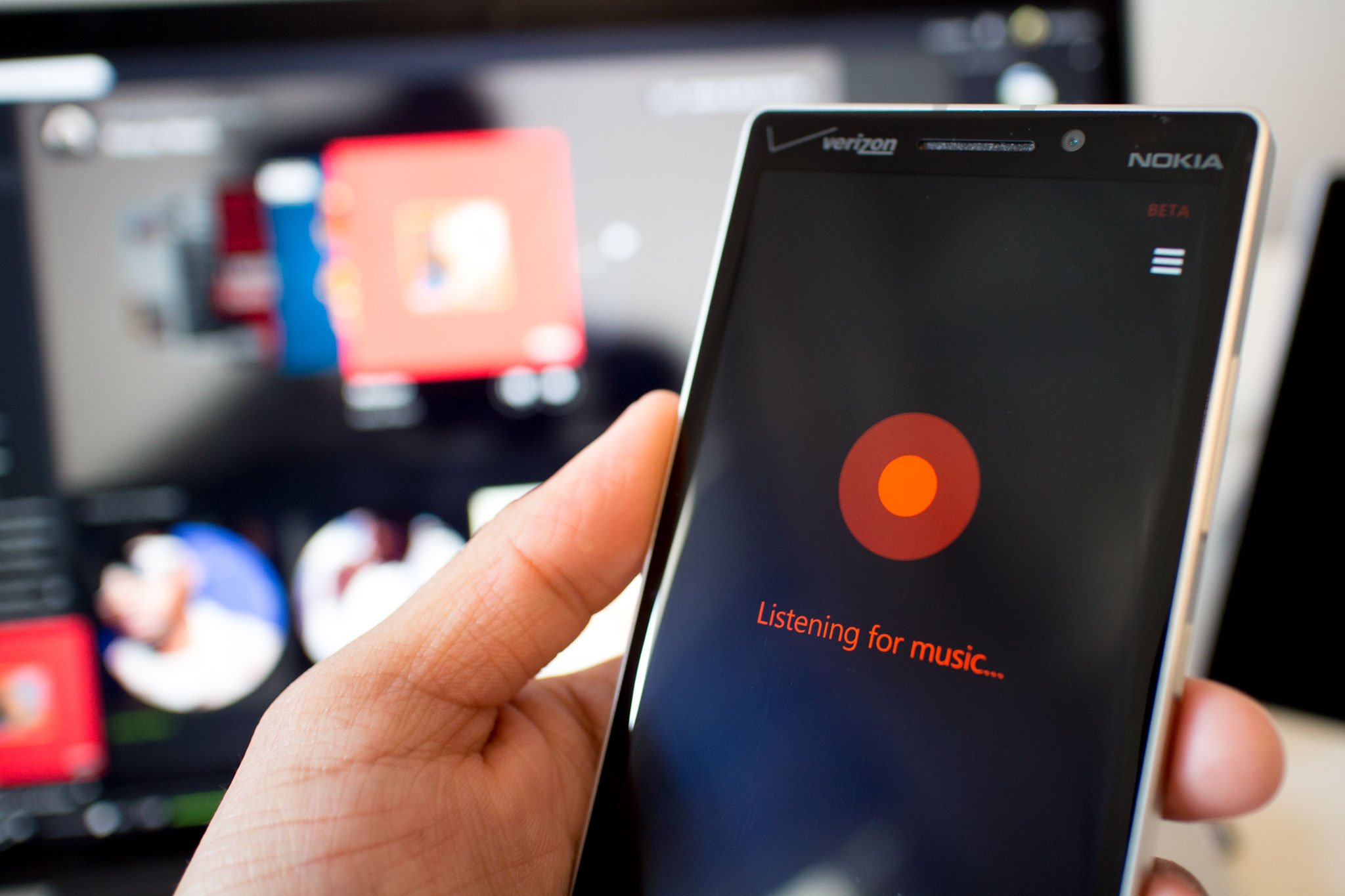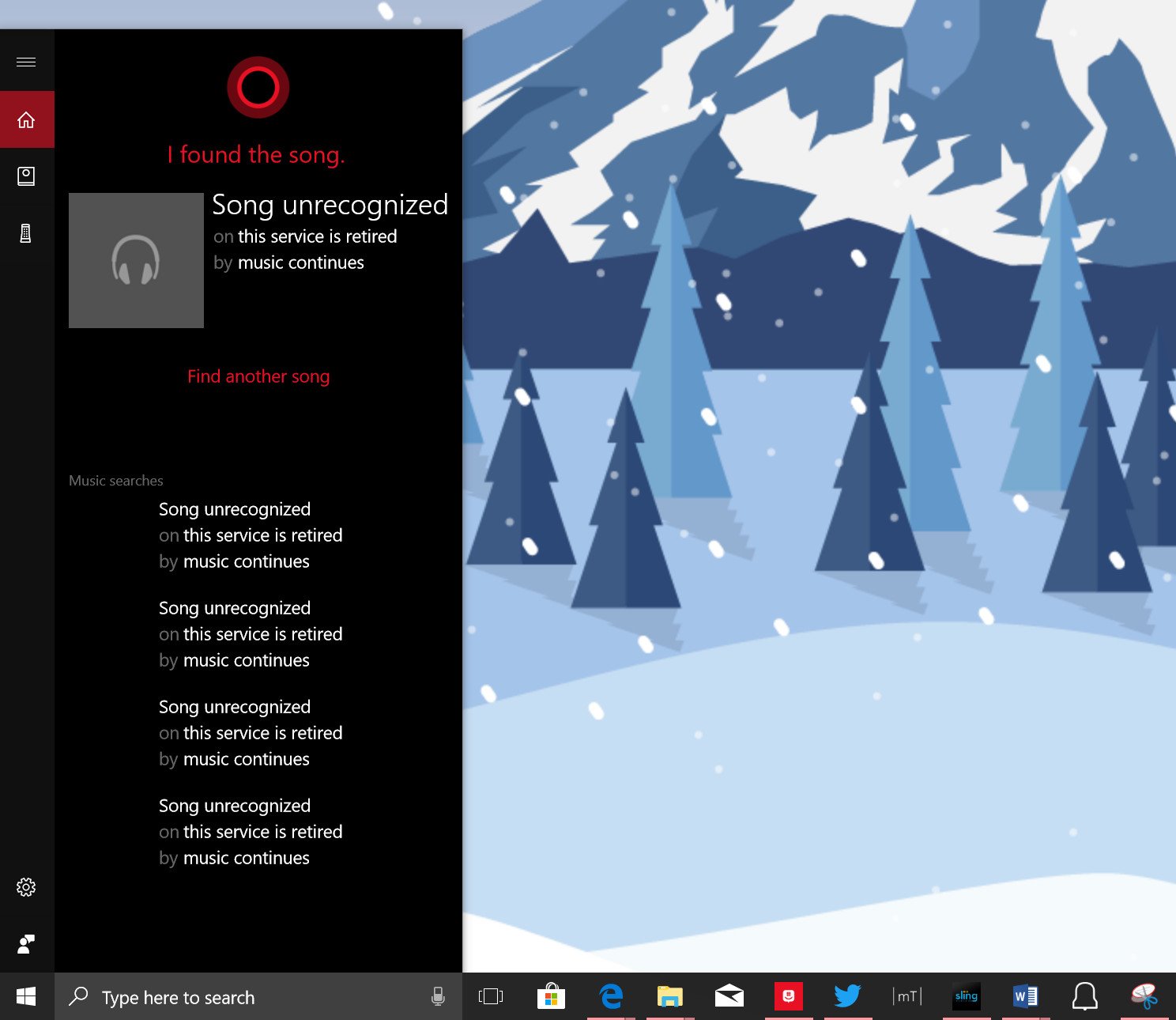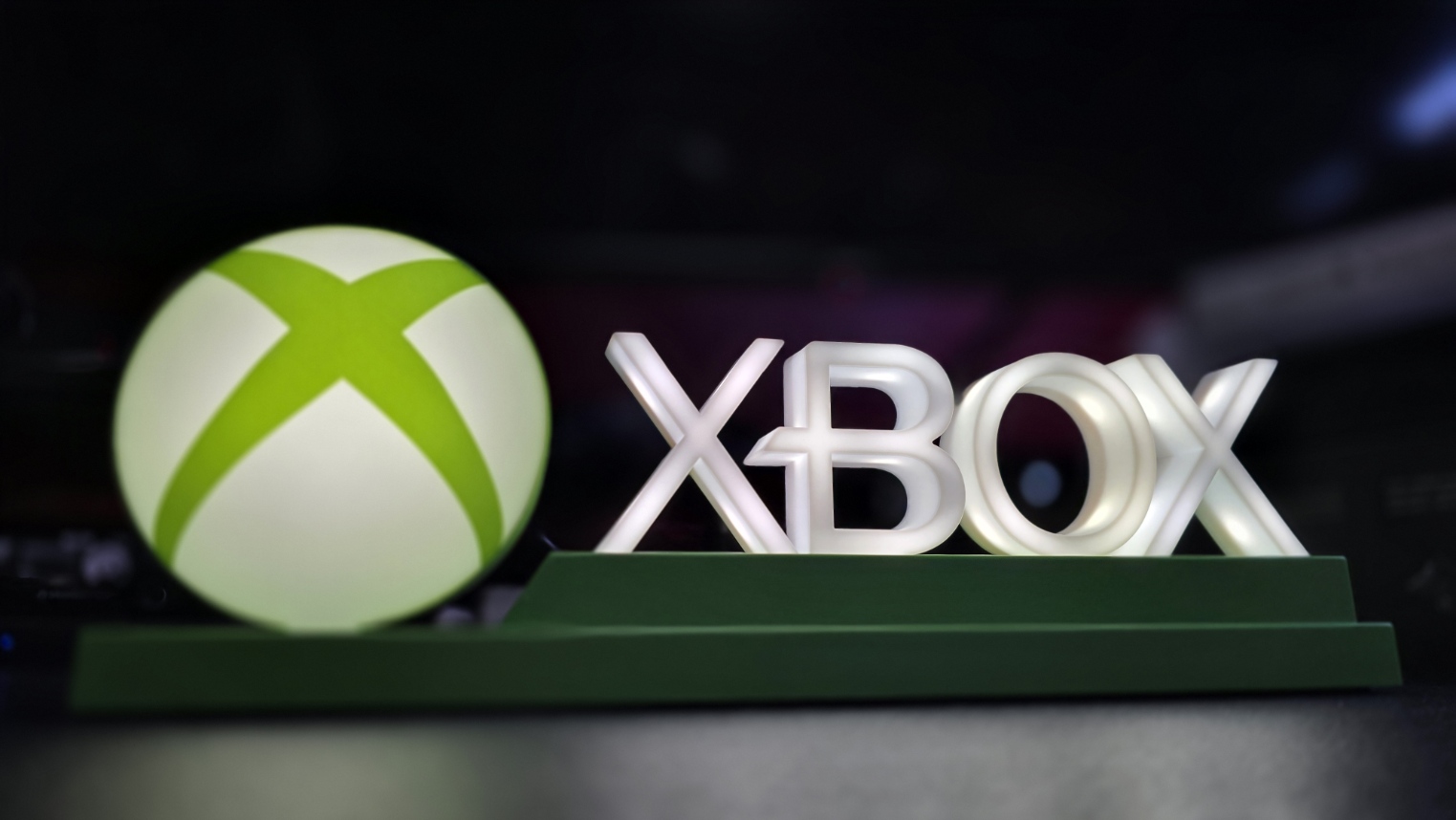Microsoft's Cortana loses song ID ability in Windows as Groove ends too
Microsoft is retiring Cortana's skill in identifying music playing in the background, another casualty of the decision to end Groove.

Microsoft ending its Groove music streaming service has been known for awhile now with the ax finally coming down over the last few days, but another repercussion has now been confirmed: Cortana's song recognition capability first introduced in 2014.
In the past, tapping the music icon on Cortana's UI let the artificial intelligence service act like a glorified Shazam identifying any music playing. The link would then take users to the Microsoft Store to view the album or optionally buy it. Without the music store, however, there is no real next step for the user unless Microsoft wants to feed customers to Amazon, Apple, or Google, who all maintain music stores (for now).

With the elimination of Groove tapping the icon now results in an error with "Song unrecognized" and Microsoft slipping in a not-so-subtle "this service has been retired."
Jason Deakins, who works on Cortana and search at Microsoft confirmed the end of the service in a tweet responding to myself and @faltermayer:
Hi @faltermayer, that is correct: due to the shutdown of the Groove music service, Cortana's music recognition functionality has been retired.Hi @faltermayer, that is correct: due to the shutdown of the Groove music service, Cortana's music recognition functionality has been retired.— Jason Deakins (@JasonDeakins) January 3, 2018January 3, 2018
Considering Shazam pulled its Windows Store app back in March 2017 – an app once promoted as a success of UWP – Microsoft is left with virtually no song identification applications. Granted, most song identification is performed by users of Android or iOS phones using Shazam (now owned by Apple), and without a dog in the smartphone race, the service is likely used infrequently on the desktop.
Still, Cortana's song recognition ability was an excellent demonstration of Microsoft bundling in services into the OS for a more native experience. Those days appear to be over.
All the latest news, reviews, and guides for Windows and Xbox diehards.

Daniel Rubino is the Editor-in-chief of Windows Central. He is also the head reviewer, podcast co-host, and analyst. He has been covering Microsoft since 2007 when this site was called WMExperts (and later Windows Phone Central). His interests include Windows, laptops, next-gen computing, and wearable tech. He has reviewed laptops for over 10 years and is particularly fond of 2-in-1 convertibles, Arm64 processors, new form factors, and thin-and-light PCs. Before all this tech stuff, he worked on a Ph.D. in linguistics, performed polysomnographs in NYC, and was a motion-picture operator for 17 years.
